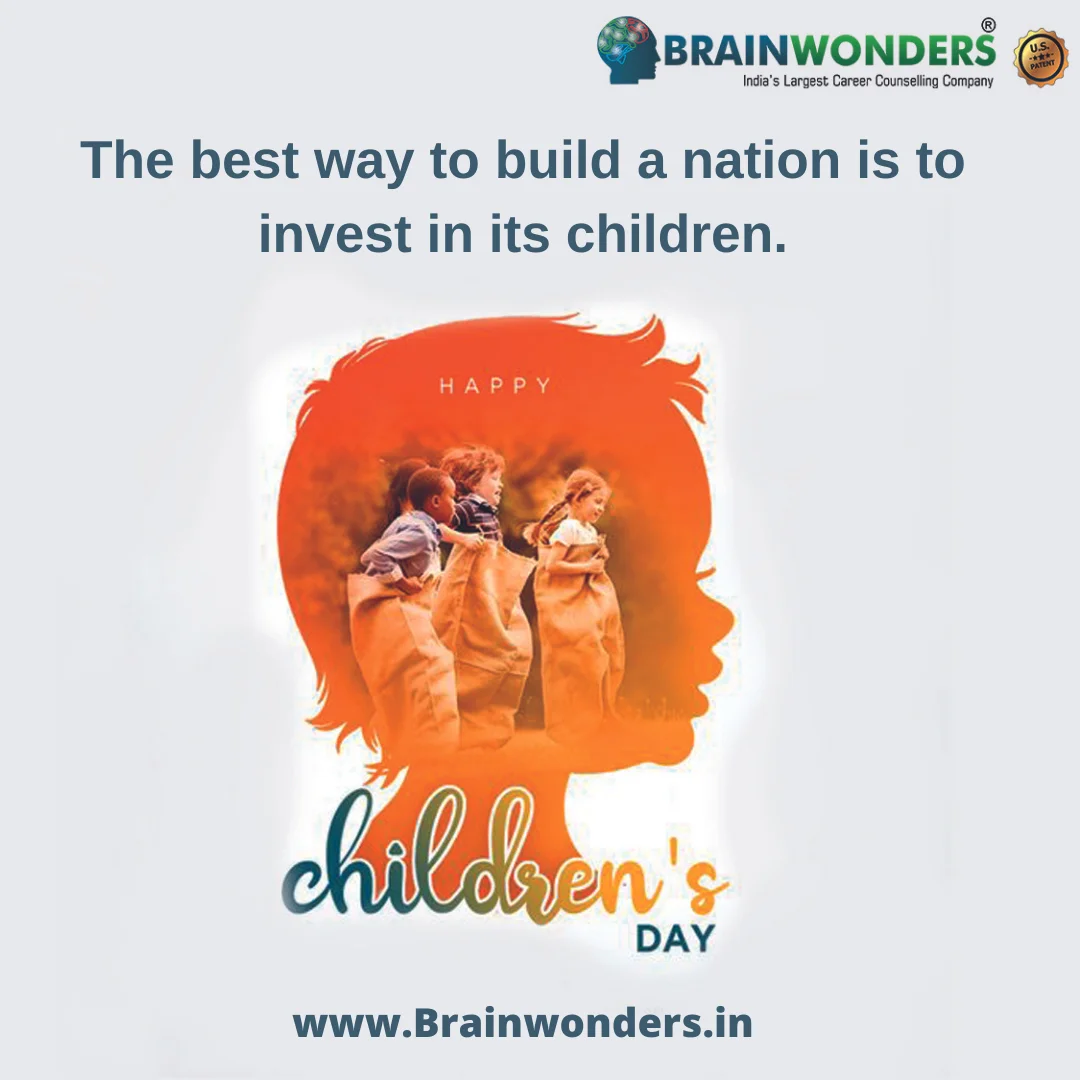

Are you aware which subjects and courses will bring you closer to your dream career?
Worry not, because the Brainwonders test and guidance will not only help you know it, but also follow it!
Blog
09 February,2021 | By Brainwonders

In an effort to make education accessible, equitable, inclusive, the National Education Policy was changed under the chairmanship of ISRO Chief Doctor K Kasturirangan, replacing the National Education Policy 1986.
It focuses on universalisation of education and aims to cent percent enrolment and equal access to education regardless of other extraneous factors. It provides a standardised framework from elementary education to higher education and incorporates vocational education and internships to the Indian education system.
The age group of students to be enrolled in schools is expanded from 6-14 to 3-18. The schooling begins at 3 years of age followed by 3 years pre-schooling and 12 Years of schooling. The existing 10+2 structure is replaced by 5+3+3+4. The age groups corresponding to these patterns are:
According to the National Education Policy, the medium of instruction for students until grade 5 must be restored into their mother tongue/ regional language/ local language. However, it is also provided that no language should be forced upon anyone.
Recommended Read: What are the Subjects in Commerce in CBSE Class 11 & 12?
The National Education Policy allows the students to choose various subjects across different streams. The strict guards for choosing the subjects have been lowered, which means students have the liberty to study economics along with biology.
In an effort to introduce the hands-on experience to students rather than fully boring theory classes, vocational education is introduced at an earlier phase of education. Post-NEP students could learn vocational skills as early as 6th grade. Internships are also included in NEP 2023.
Recommended Read: Why Is Children's Day 2022 Celebrated On November 14?
The Higher Education Council of India is guided to set up a comprehensive authority for the entire higher education except for the medical and legal education system. This implies that the same set of rules, regulations, accreditations and academic standards are applicable to every single higher education institute regardless of their management status. National Education Policy 2020 dismantled UGC and the All India Council for Technical Education (AICTE) and is planning to remove all affiliations within 15 Years.
Visit Page:Online Career Counselling & Career Guidance | Best Career Counsellors – Brainwonders.
The Four Year Undergraduate Programme is introduced along with the discontinuation of M.Phil Programmes, to align the education system with the western approach. The colleges are mandated to make all UG programmes multidisciplinary by 2040. There are several exit points in the UG course, the institute is responsible to provide certification by completing 1 Year of training, a Diploma certificate for completing 2nd year and a bachelors by completing the third year. The academic credits are stored digitally in an Academic Bank of Credit, to transfer and account for the credit earned towards the final degree.
A regulatory body called National Educational Alliance for Technology will be created for better utilisation of technology for more efficient learning. It proposed to create a national alliance with the EdTech companies to create a more personalised learning experience.
Find Out: 10 WAYS TO KEEP YOURSELF MOTIVATED AT HOME!
Know More About: DISCOVER YOUR INNER SELF THROUGH AN ONLINE PERSONALITY TEST.
The main objective of launching a National Education Policy is to bring a positive change in the Education Society of India.
Visit Page: Brainwonders DMIT test || Fingerprint to know about your hidden potentials.
Another important reform brought up is the education and training of the teachers, by 2030 the minimum educational qualification required to teach the students would be a 4 Year Bachelor of Education.
A national research foundation would be set up to take care of the research and innovations. The National Education Policy was tailored to overcome the grievances and inequality in opportunities and resources. However, the implementation of these new policies might take immense efforts and resources, intense collaborations with stakeholders etc.
Worry not, because the Brainwonders test and guidance will not only help you know it, but also follow it!

